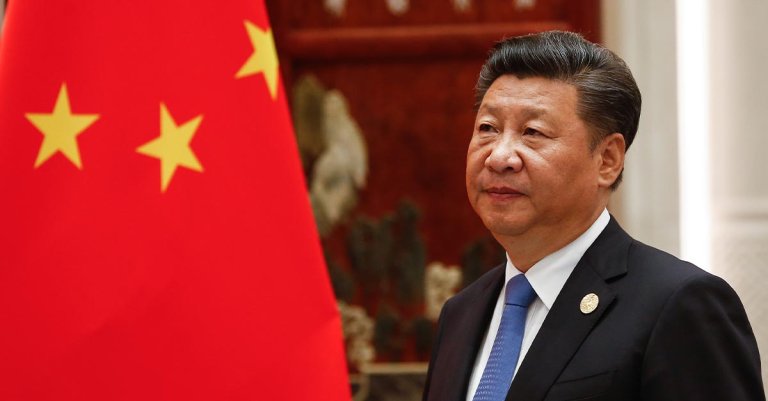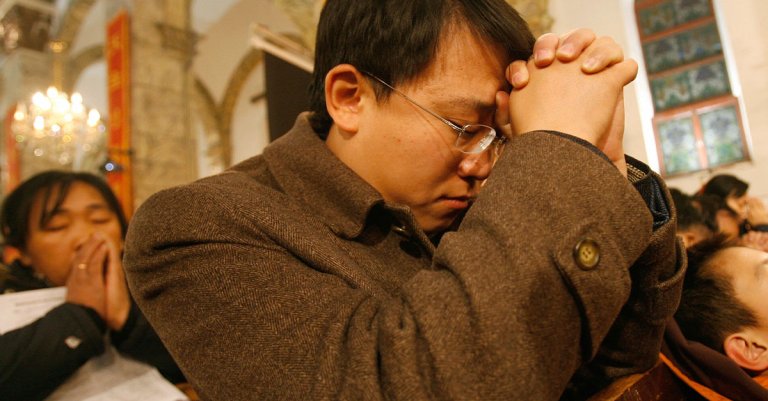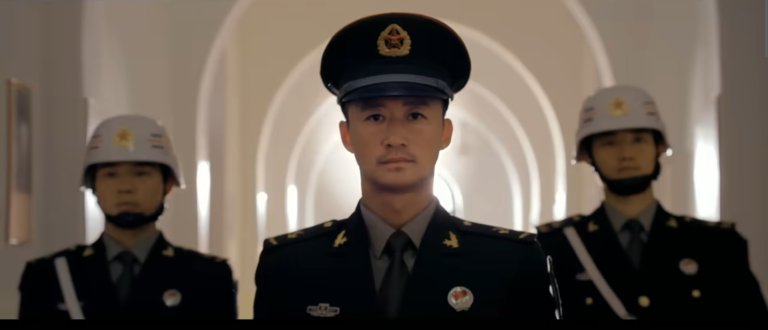

China’s elite special operation forces (SOF) units are drawn from all branches of the People’s Liberation Army (PLA), including the PLA Ground Force, PLA Navy, and PLA Air Force. These units are organized under the umbrella of the PLA Strategic Support Force (SSF) to enhance China’s joint and integrated military capabilities.
The Chinese military has made significant progress in recent years, with a focus on enhancing its training, missions, and overall effectiveness. The Chinese military has invested heavily in modernizing these units and developing their capabilities to meet the demands of modern warfare.
However, they continue to face challenges in the form of integration, limited combat experience, and transparency. Monitoring and understanding the development of China’s SOF units will be critical for the international community in the coming years, as the nation’s military continues to evolve and assert itself on the global stage.
However, because China relies so heavily on military secrecy, the actual state of its special operations units isn’t well-known.
Missions, Training, and Units
Chinese special ops personnel undergo rigorous training in various types of specialized military tasks. Of course, they train for counter-terrorism and urban warfare. What’s interesting is that China’s military places a lot of emphasis on joint training. To achieve this, SOF units often participate in international exercises and competitions. This provides them with exposure to new tactics, techniques, and equipment used by foreign special forces. In turn, they take this back to their commands and work to integrate the news skills.
China’s elite SOF includes service members from the PLA, as well as personnel from the People’s Armed Police (PAP) Special Police and the Maritime Police Special Operations Forces. The PLA SOF is considered the most prestigious. Estimates suggest they have around 7,000 personnel in their ranks.
The PAP Special Police is responsible for internal security, while the Maritime Police Special Operations Forces specialize in coastal defense and maritime operations.
American vs. Chinese Special Operators
Both countries have impressive military capabilities, but their special forces operate differently in various aspects. Here are some key differences to consider.
The most obvious differences are in training methods and mission types. American operators train hard, and training can take up to two years. Service members receive training in close-quarters combat, advanced weapons handling, and PSYOPs. They operate in small teams in different environments, including land, sea, and air.
On the other hand, Chinese training focuses on traditional martial arts and hand-to-hand combat. They place a strong emphasis on mental discipline and PSYOPs. However, China doesn’t talk a lot about the specifics of its training. Training takes anywhere from several months to a year.
Secondly, mission types separate the two militaries. Although the Chinese are making efforts to increase their presence on the global stage, they still fall short. American special operators routinely deploy globally for various missions. Missions range from counterterrorism work to reconnaissance to hostage rescue.
In contrast, Chinese special forces primarily focus on domestic missions, including anti-terrorism, border control, and civil unrest. They operate in larger units and are less likely to be deployed outside of China.
Then there’s equipment and technology. The United States equips its special operators with the latest advanced technology. On the other hand, China mainly relies on modified versions of Soviet-era equipment and locally produced weapons.
Leadership structure is another big difference. American special operators work under a decentralized leadership structure. This means decision-making can be achieved at lower levels of command. In turn, this allows for quick decision-making and flexibility on the ground. In contrast, Chinese special forces operate under a centralized leadership structure. That means that Chinese troops have to wait for the go-ahead from the top. This can definitely slow down their decision-making and impede flexibility on the ground.
So, who wins the fight between Chinese and American special operations forces?
Obviously, the United States.

Challenges
As China continues to assert its presence on the world stage, its operators have come under increasing scrutiny. However, the development and deployment of these elite forces face several significant challenges.
One of the primary challenges is the lack of integration and coordination between China’s multiple SOF units, which include the Army’s Special Operations Forces, the Navy’s Special Warfare Forces, and the Air Force’s Blue Sword unit. The absence of joint operational capabilities limits their effectiveness in real-world missions, highlighting the pressing need for better integration.
Another major challenge is the limited combat experience of China’s units. This raises obvious concerns about their readiness and effectiveness in the field. Unlike their counterparts in the United States and other countries, Chinese units have had limited exposure to actual combat situations.
Transparency is also an issue facing China’s SOF units due to the country’s military culture of secrecy. The world doesn’t know absolute specifics about China’s SOF. This means many aspects of their readiness and effectiveness are open to speculation.
Understanding the development and capabilities of China’s elite special operations forces will be essential for evaluating the country’s overall military strategy and capabilities. Future cooperation and collaboration in international exercises and competitions will be crucial for them to learn from and adapt to evolving threats and challenges.





